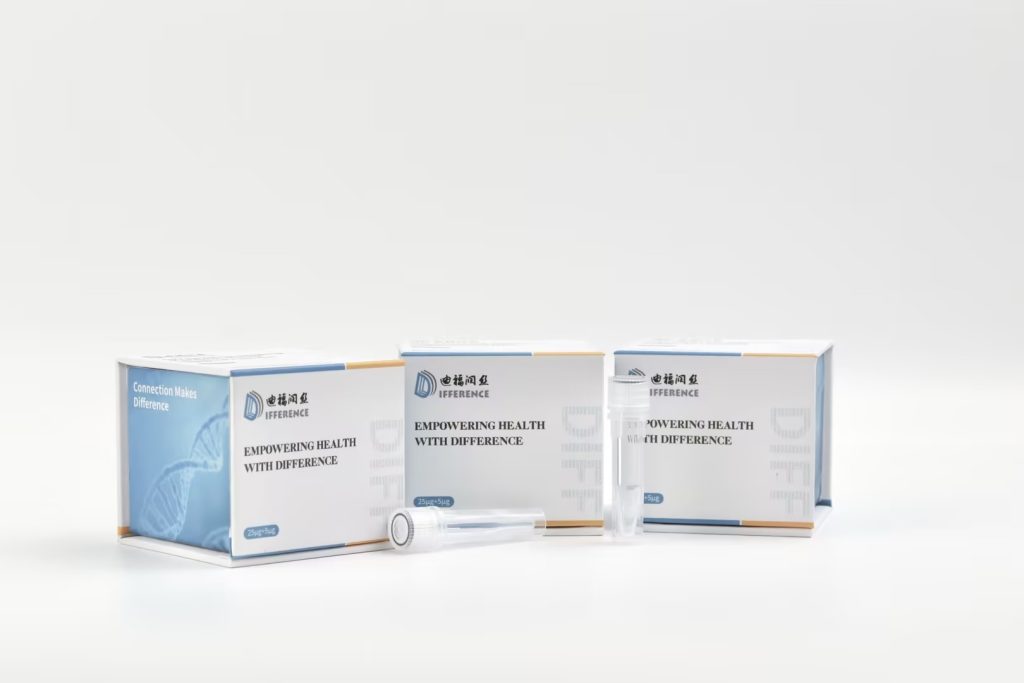The key steps in screening antiviral drugs mainly include the following aspects:
1、 Target determination and virus model selection
Determine screening targets: Based on factors such as the severity of the disease and the characteristics of the virus, identify the types of antiviral drugs that need to be screened and the types of viruses they target.
Select virus model: Based on the screening target, choose the appropriate virus model to ensure that it is representative and easy to operate.
2、 Sample preparation and experimental design
Sample source and processing: Select samples from natural product and synthetic compound libraries, or modify them from known drugs to ensure that the samples meet the requirements of screening experiments.
Experimental design: Based on the screening objectives and virus model, design a reasonable experimental plan, including experimental procedures, control group settings, evaluation indicators, etc.
3、 Experimental operation and data collection
Cell culture and viral infection: Reproduce the target virus in appropriate cell culture and introduce the virus into host cells for infection.
Drug treatment: Add the antiviral drug to be tested to infected cells and set multiple drug concentrations to determine its dose-response relationship.
Data collection: During drug treatment, closely monitor the health status of cells and virus replication, and collect relevant data such as virus load, cytotoxicity, etc.
4、 Data analysis and result interpretation
Data processing: Organize, classify, and analyze the collected data to ensure its accuracy and reliability.
Result interpretation: Screening drug molecules with potential antiviral activity based on data analysis results, and evaluating their antiviral efficacy and safety.
5、 Verification and Mechanism Research
Experimental verification: Repeat experiments on the screened drug molecules to verify the consistency and stability of their antiviral effects.
Mechanism research: Further study the mechanism of action of drug molecules, such as whether they affect processes such as virus invasion, replication, assembly, or release, in order to gain a deeper understanding of their antiviral effects.
6、 Subsequent research and development
In depth study of preferred molecules: further pharmacological validation and safety evaluation of the selected preferred molecules.
Preclinical and clinical research: Conduct preclinical studies such as toxicology and pharmacokinetics to provide strong support for drug development; And evaluate the safety and efficacy of the drug in the human body through clinical trials.
It should be noted that antiviral drug screening is a complex and time-consuming process that involves the cross application of multiple disciplines and technologies. In practical operation, it is necessary to flexibly adjust the screening strategy and experimental plan according to specific situations to ensure the accuracy and reliability of the screening results. At the same time, with the continuous advancement of technology and the continuous mutation of viruses, the methods and technologies for screening antiviral drugs are also constantly being updated and improved.
Share on:
Facebook
Twitter
Pinterest
WhatsApp
Recent posts
We recommend


